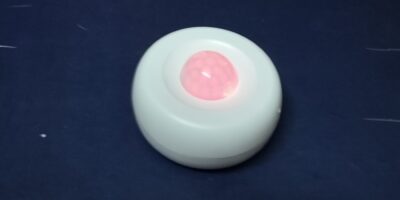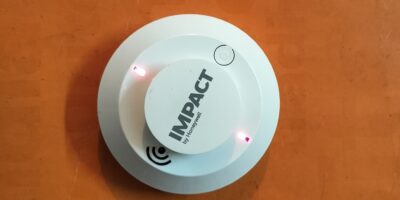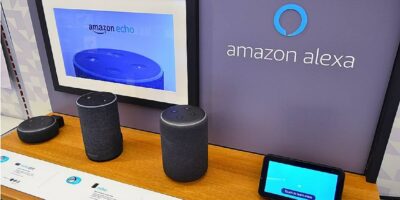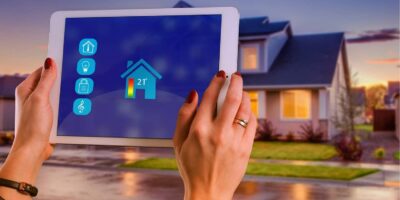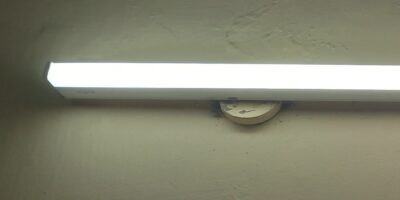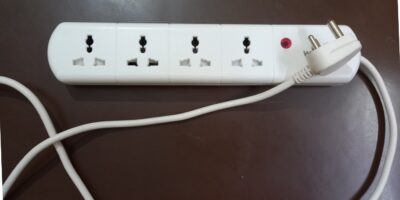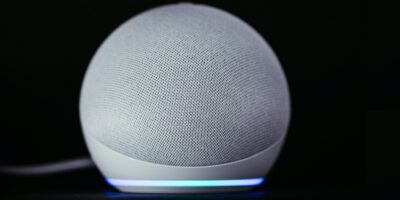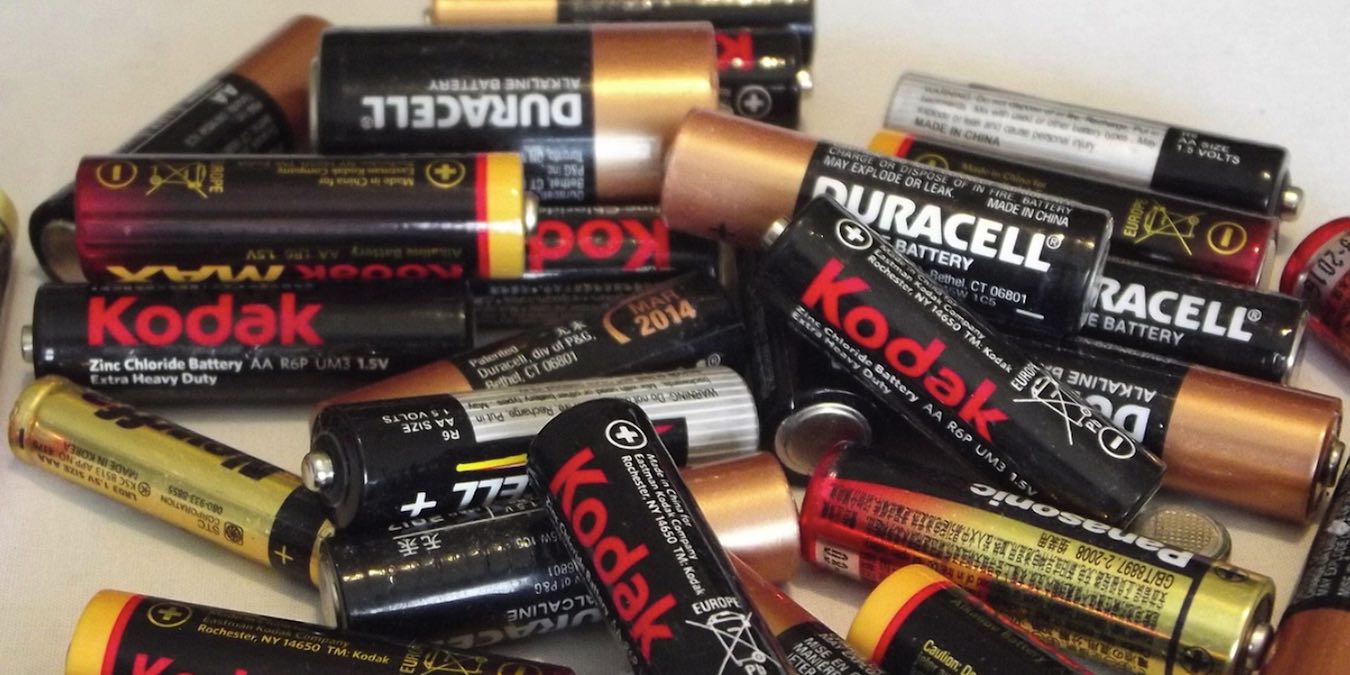
While SmartThings is a powerful smart-home automation network, it doesn’t automatically warn you when a sensor is running low on battery. You may think that you have properly set up an early warning system with SmartThings when in reality all of your motion sensors ran out of battery ages ago.
In this tutorial, you’ll learn how to create low battery notifications for all your SmartThings sensors using the Device Monitor application. Once it’s set up, you’ll receive a notification on your smartphone every time a sensor drops below a certain battery threshold.
What you’ll need
To complete this tutorial, you’ll need to have set up a SmartThings home automation network and installed the SmartThings Classic mobile app. You’ll also need to have added one or more smart sensors to your network, such as Samsung’s door open/close sensors.
You’ll also need the Device Monitor app, as you will use that to check that each sensor is communicating with the SmartThings Hub.
Install Device Monitor app
Follow the steps below to install the Device Monitor app.
1. In your web browser, log in to the SmartThings IDE with the email address and password associated with either your Samsung or SmartThings account.
2. Select “My Locations,” followed by your Samsung SmartThings Hub.

3. In the toolbar, select “My SmartApps.”
4. Click “New SmartApp.”

5. Select the “From Code” tab.

6. Copy the Device Monitor source code and paste it into the subsequent window.
7. Click “Create -> Update.”
8. In the toolbar, select “Publish -> For Me.”

Now that you are done installing the Device Monitor smart application, it will now be accessible via the SmartThings mobile application.
Adding the Device Monitor app
On your smartphone or tablet, launch the SmartThings Classic application.
In the bar that runs along the bottom of the screen, tap “Automation.”
Tap the “SmartApps” tab.

Select “Add a SmartApp -> My Apps.”
Select “Device Monitor.”

Tap “Device Status” and then add all the sensors and devices that you want to monitor.

When you’re happy with your selection, tap “Save.”
Back in the main Device Monitor screen, tap “Settings.”
You can now monitor your sensors and devices in the following ways.
1. Set a time limit
If a sensor stops communicating with your SmartThings Hub, you’ll want to know about it! In the SmartThings app, tap “How long … ” and then specify how many hours a sensor should be out of communication before Device Monitor notifies you.

2. Create a schedule
You can also poll your sensors based on a schedule. If a sensor isn’t online at the specified time, then Device Monitor will generate a push notification and deliver it to your smartphone.
To create a schedule, tap “Check at this time daily” and then specify the time(s) when Device Monitor should “ping” your sensors.

Alternatively, Device Monitor can scan your sensors at set intervals, ranging from every five minutes to once every three hours.
3. Monitor battery levels
Now that Device Monitor is polling your sensors based on a schedule, it can also check each sensor’s battery. If Device Monitor detects that the battery level has dropped below a certain threshold, it’ll generate a smartphone notification and deliver it to your smartphone.
To set up low battery notifications:
1. Find the “Check battery values” slider and push it into the “On” position.
2. Find the following section, “Be notified if battery is below this level,” and enter a percentage value.

3. Tap “Send a push notification,” and then enter the mobile number where you want to receive your smartphone notifications.
Device Monitor will poll your sensors and generate a push notification every time it discovers a sensor that’s offline or has a low battery.
Bonus notifications
While you’re here, you may also want to set up the following notifications:
- A sensor comes back online. Sensors can go offline temporarily. If the issue is only temporary, then there’s a chance that the sensor may come back online and re-connect to the Hub by the time you receive Device Monitor’s smartphone notification. Why waste time trying to “fix” an issue that’s already resolved itself? Push this slider into the “On” position and Device Monitor will notify you as soon as a sensor comes back online.

- The SmartThings Hub goes offline. Your Hub is the brains of your smart home network, so you’ll want to know if it goes dark.
Once you’re happy with how Device Monitor is set up, tap “Save.” Your device is now set up to receive low-battery notifications. It will also notify you about any issues with your sensors, smart devices, and your SmartThings Hub.

